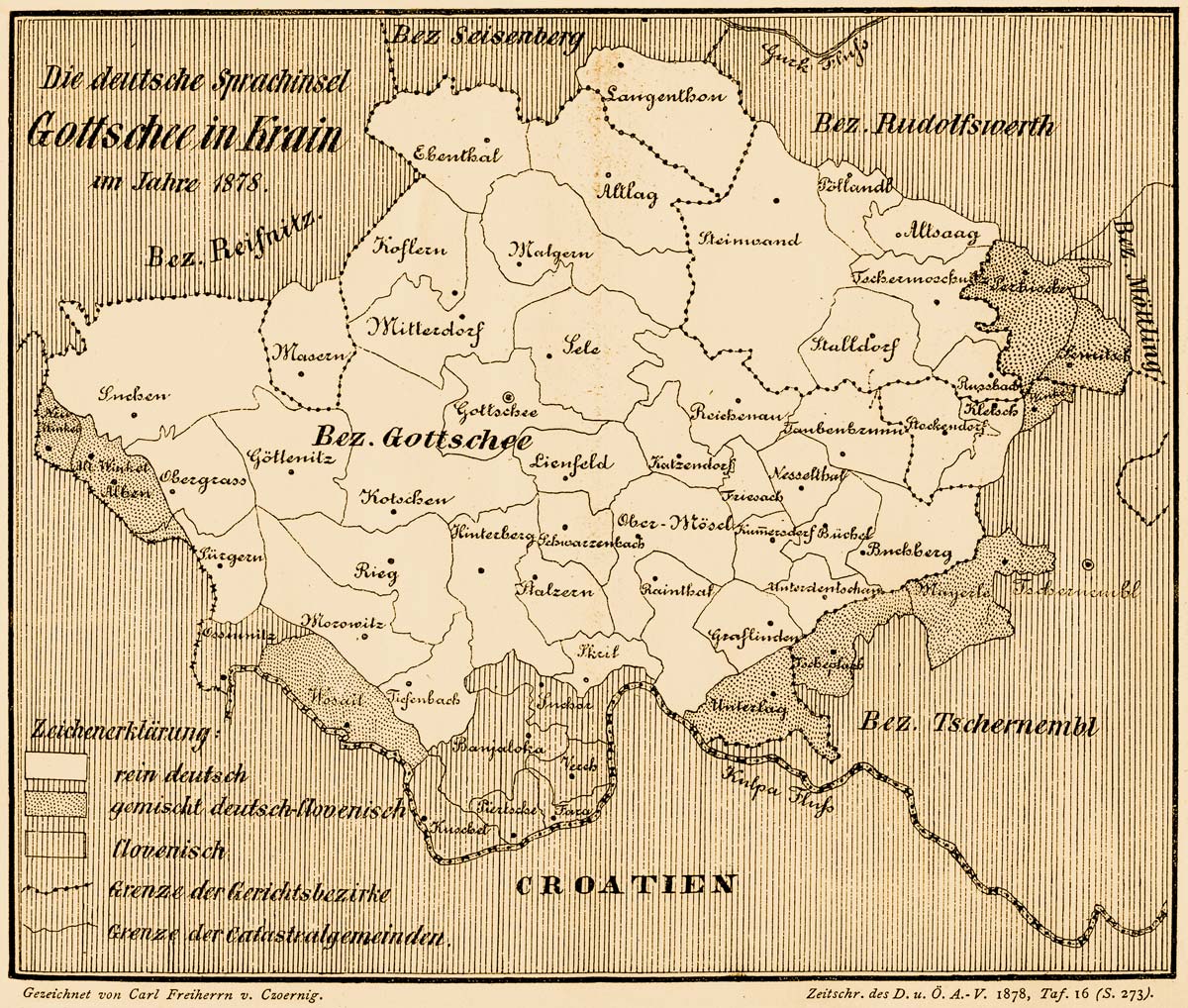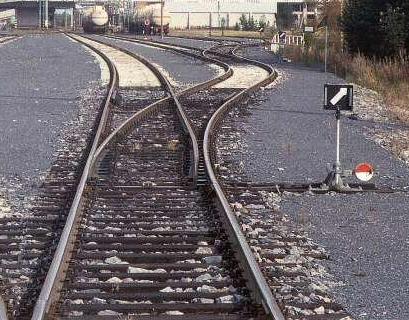|
Roman Erich Petsche
Roman Erich Petsche (3 February 1907 – 20 June 1993) was an Austrian teacher, painter, and Wehrmacht officer who is recognized as Righteous Among the Nations by Yad Vashem for aiding a Jewish family in Novi Sad. Biography Roman Erich Petsche was born on 3 February 1907 in the city of Kočevje, Gottschee and he grew up in Ljubljana, both then part of Austria-Hungary. His father was a German-speaking teacher, while his mother was part of the Galicia (Eastern Europe), Galician aristocracy, with Petsche later describing her as a "nationality aware Pole". His family was expelled from Slovenia in 1918 and moved to Salzburg in Austria proper. After graduating from high school in Salzburg in 1925, Petsche began attending the Academy of Fine Arts Vienna, where he studied under Rudolf Jettmar and . After passing his teacher's examinations in 1929, he worked as a drawing teacher in Salzburg until 1931; a mathematics teacher in Ried im Innkreis from 1931 until 1933; and then at the teach ... [...More Info...] [...Related Items...] OR: [Wikipedia] [Google] [Baidu] |
Gottschee
Gottschee (, ) refers to a former German-speaking region in Carniola, a crownland of the Habsburg monarchy, Habsburg Empire, part of the historical and traditional region of Lower Carniola, now in Slovenia. The region has been a county, duchy, district, and municipality during various parts of its history. The term often also refers to the entire Ethnolinguistics, ethnolinguistic Enclave and exclave, enclave regardless of administrative borders. Today Gottschee largely corresponds to the Municipality of Kočevje. The original German settlers of the region are called Gottschee Germans or Gottscheers, and their German dialect is called Gottschee German or Gottscheerish. Geography The Gottschee enclave encompassed a roughly oval-shaped area between 45° 46′ N and 45° 30′ N, and between 14° 36′ E and 15° 9′ E. Geographers divided the enclave into seven regions based on valleys (from west to east): * The Suchen Plateau () in the extreme west, with the (pre-1933) municipaliti ... [...More Info...] [...Related Items...] OR: [Wikipedia] [Google] [Baidu] |
Kultur Im Gugg
Kultur im Gugg is a venue for contemporary art and culture in Braunau am Inn in Austria Austria, formally the Republic of Austria, is a landlocked country in Central Europe, lying in the Eastern Alps. It is a federation of nine Federal states of Austria, states, of which the capital Vienna is the List of largest cities in Aust .... The building was originally a fire-fighting equipment factory. Theatres in Austria Buildings and structures in Upper Austria {{Austria-theat-struct-stub ... [...More Info...] [...Related Items...] OR: [Wikipedia] [Google] [Baidu] |
Braunauer Zeitgeschichte-Tage
The Braunau Contemporary History Days are a series of conferences organised by the Association for Contemporary History. Scientifically guided by Andreas Maislinger, it has annually taken place in Braunau am Inn since 1992. History During those conferences several topics have been discussed, for example: coping with the past, resistance in dictatorships and other issues related to contemporary history. Since 2004 the association for contemporary history aims to involve more topics related to the Innviertel-region and the bordering Bavaria. In 2004, the conference dealt with the "small border traffic" alongside the Salzach-river and the Inn-river from 1933 to 1938, the "Great Politics" as well as the daily life along the interface of two political systems, whose differences and similarities were pointed out. Between 23 and 25 September 2005, the historical background of the Braunau Parliament of 1705 was analyzed, which united nobility, clergy, bourgeois and farmers under the sl ... [...More Info...] [...Related Items...] OR: [Wikipedia] [Google] [Baidu] |
Graz
Graz () is the capital of the Austrian Federal states of Austria, federal state of Styria and the List of cities and towns in Austria, second-largest city in Austria, after Vienna. On 1 January 2025, Graz had a population of 306,068 (343,461 including secondary residence). In 2023, the population of the Graz larger urban zone (LUZ) stood at 660,238. Graz is known as a city of higher education, with four colleges and four universities. Combined, the city is home to more than 60,000 students. Its historic centre (''Altstadt'') is one of the best-preserved city centres in Central Europe. In 1999, the city's historic centre was added to the UNESCO list of World Heritage Sites and in 2010 the designation was expanded to include Eggenberg Palace, Graz, Eggenberg Palace () on the western edge of the city. Graz was designated the Cultural Capital of Europe in 2003 and became a City of Culinary Delights in 2008. In addition, the city is recognized as a "Design Cities (UNESCO), Design City ... [...More Info...] [...Related Items...] OR: [Wikipedia] [Google] [Baidu] |
Burgenland
Burgenland (; ; ; Bavarian language, Austro-Bavarian: ''Burgnland''; Slovene language, Slovene: ''Gradiščanska''; ) is the easternmost and least populous Bundesland (Austria), state of Austria. It consists of two statutory city (Austria), statutory cities and seven rural districts, with a total of 171 municipalities. It is long from north to south but much narrower from west to east ( wide at Sieggraben). The region is part of the Centrope Project. The name of Burgenland was invented/coined in 1922, after its territories became part of Austria. The population of Burgenland as of 1 January 2024 is 301,951. Burgenland's capital is Eisenstadt. History The territory of present-day Burgenland was successively part of the Roman Empire, the Hun Empire, the Kingdom of the Ostrogoths, the Italy, Italian Kingdom of Odoacer, the Kingdom of the Lombards, the Avar Khaganate, the Frankish Empire, Dominion Aba belonging to the Aba (family); Aba – Koszegi, the Kingdom of Hungary, the Habsburg ... [...More Info...] [...Related Items...] OR: [Wikipedia] [Google] [Baidu] |
Lower Austria
Lower Austria ( , , abbreviated LA or NÖ) is one of the nine states of Austria, located in the northeastern corner of the country. Major cities are Amstetten, Lower Austria, Amstetten, Krems an der Donau, Wiener Neustadt and Sankt Pölten, which has been the capital city, capital of Lower Austria since 1986, replacing Vienna, which became a separate state in 1921. With a land area of and a population of 1.7 million people, Lower Austria is the largest and second-most-populous state in Austria (after Vienna). Geography With a land area of situated east of Upper Austria, Lower Austria is the country's largest state. Lower Austria derives its name from its downriver location on the river Enns (river), Enns, which flows from the west to the east. Lower Austria has an international border, long, with the Czech Republic (South Bohemian Region, South Bohemia and South Moravian Region, South Moravia) and Slovakia (Bratislava Region, Bratislava and Trnava Regions). The state has the ... [...More Info...] [...Related Items...] OR: [Wikipedia] [Google] [Baidu] |
Upper Austria
Upper Austria ( ; ; ) is one of the nine States of Austria, states of Austria. Its capital is Linz. Upper Austria borders Germany and the Czech Republic, as well as the other Austrian states of Lower Austria, Styria, and Salzburg (state), Salzburg. With an area of and 1.49 million inhabitants, Upper Austria is the fourth-largest Austrian state by land area and the third-largest by population. History Origins For a long period of the Middle Ages, much of what would become Upper Austria constituted :de:Traungau, Traungau, a region of the Duchy of Bavaria. In the mid-13th century, it became known as the Principality above the Enns River ('), this name being first recorded in 1264. (At the time, the term "Upper Austria" also included German Tyrol, Tyrol and various scattered Habsburg possessions in southern Germany.) Early modern era In 1490, the area was given a measure of independence within the Holy Roman Empire, with the status of a principality. By 1550, there was a Protestanti ... [...More Info...] [...Related Items...] OR: [Wikipedia] [Google] [Baidu] |
Linz
Linz (Pronunciation: , ; ) is the capital of Upper Austria and List of cities and towns in Austria, third-largest city in Austria. Located on the river Danube, the city is in the far north of Austria, south of the border with the Czech Republic. As of 1 January 2024, the city has a population of 212,538. It is the seventh-largest of all List of cities and towns on the river Danube, cities on the river Danube. History Linz originated as a Roman Empire, Roman fort named ''Lentia'', established in the first century. The name reflects its location at a bend in the Danube (Celtic languages, Celtic root ''lentos'' = "bendable"). This strategic position on the river made it the first Roman fort in the Noricum region, protecting a vital transportation route. The name "Linz" in its present form was first documented in 799. Linz was mentioned as a fortified city in 1236 and was granted city rights in 1324. Johannes Kepler spent several years of his life in the city teaching m ... [...More Info...] [...Related Items...] OR: [Wikipedia] [Google] [Baidu] |
Holocaust
The Holocaust (), known in Hebrew language, Hebrew as the (), was the genocide of History of the Jews in Europe, European Jews during World War II. From 1941 to 1945, Nazi Germany and Collaboration with Nazi Germany and Fascist Italy, its collaborators systematically murdered some six million Jews across German-occupied Europe, around two-thirds of Europe's Jewish population. The murders were carried out primarily through mass shootings and poison gas in extermination camps, chiefly Auschwitz concentration camp#Auschwitz II-Birkenau, Auschwitz-Birkenau, Treblinka extermination camp, Treblinka, Belzec extermination camp, Belzec, Sobibor extermination camp, Sobibor, and Chełmno extermination camp, Chełmno in Occupation of Poland (1939–1945), occupied Poland. Separate Nazi persecutions killed a similar or larger number of non-Jewish civilians and prisoners of war (POWs); the term ''Holocaust'' is sometimes used to include the murder and persecution of Victims of Nazi ... [...More Info...] [...Related Items...] OR: [Wikipedia] [Google] [Baidu] |
Vienna
Vienna ( ; ; ) is the capital city, capital, List of largest cities in Austria, most populous city, and one of Federal states of Austria, nine federal states of Austria. It is Austria's primate city, with just over two million inhabitants. Its larger metropolitan area has a population of nearly 2.9 million, representing nearly one-third of the country's population. Vienna is the Culture of Austria, cultural, Economy of Austria, economic, and Politics of Austria, political center of the country, the List of cities in the European Union by population within city limits, fifth-largest city by population in the European Union, and the most-populous of the List of cities and towns on the river Danube, cities on the river Danube. The city lies on the eastern edge of the Vienna Woods (''Wienerwald''), the northeasternmost foothills of the Alps, that separate Vienna from the more western parts of Austria, at the transition to the Pannonian Basin. It sits on the Danube, and is ... [...More Info...] [...Related Items...] OR: [Wikipedia] [Google] [Baidu] |
Railroad Switch
A railroad switch (American English, AE), turnout, or (set of) points (Commonwealth English, CE) is a mechanical installation enabling railway trains to be guided from one Rail tracks, track to another, such as at a Junction (rail), railway junction or where a Branch line, spur or Siding (rail), siding branches off. Design The parts of a turnout are known by different names in different jurisdictions. The main terms in U.S. and UK usage are shown in the selectable diagrams. In this article, the U.S. term is listed first and UK second, in parentheses. The most common type of switch consists of a pair of linked tapering rails, known as ''points'' (''switch rails'' or ''point blades''), lying between the diverging outer rails (the ''stock rails''). These points can be moved laterally into one of two positions to direct a train coming from the point blades toward the straight path or the diverging path. A train moving from the narrow end toward the point blades (i.e. it ... [...More Info...] [...Related Items...] OR: [Wikipedia] [Google] [Baidu] |







